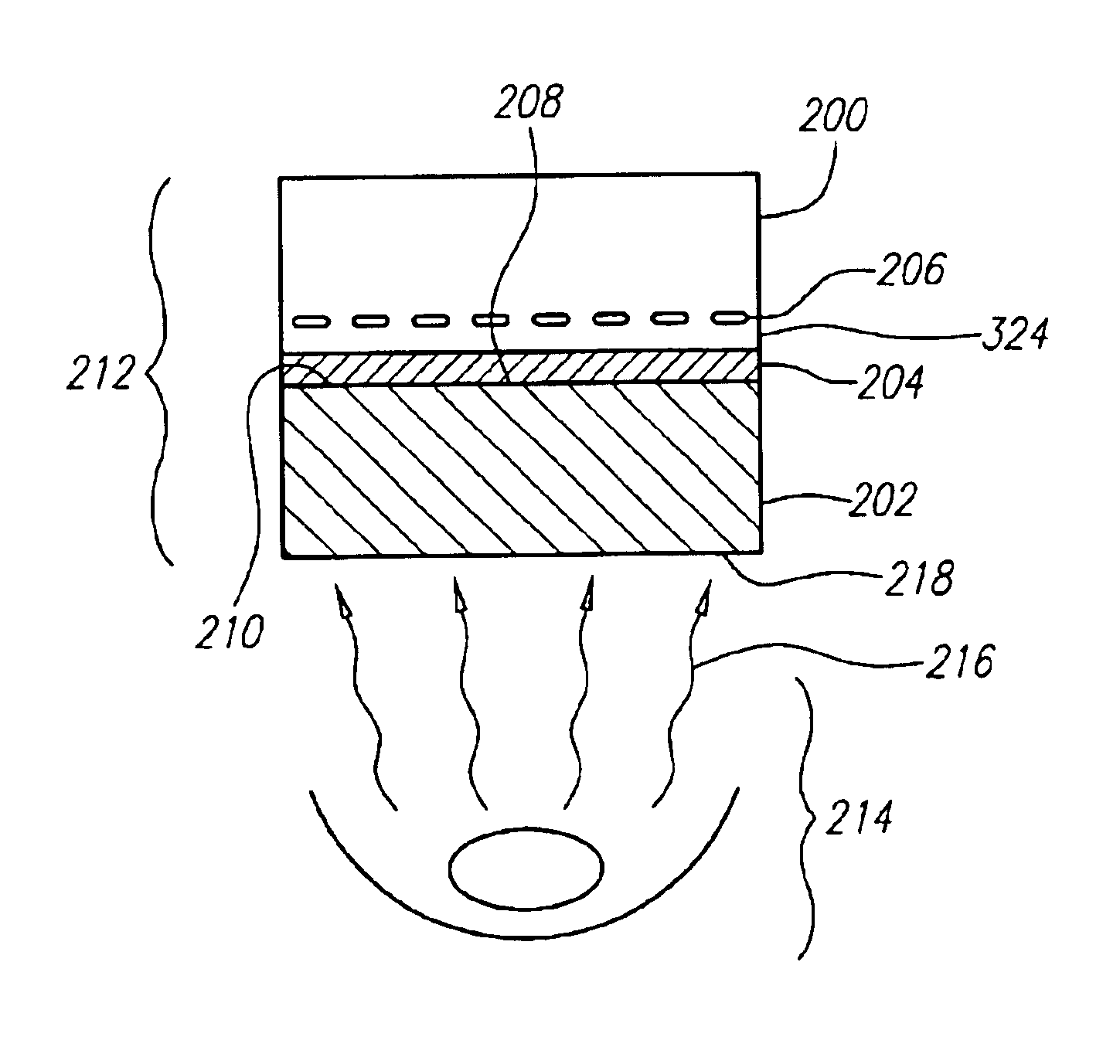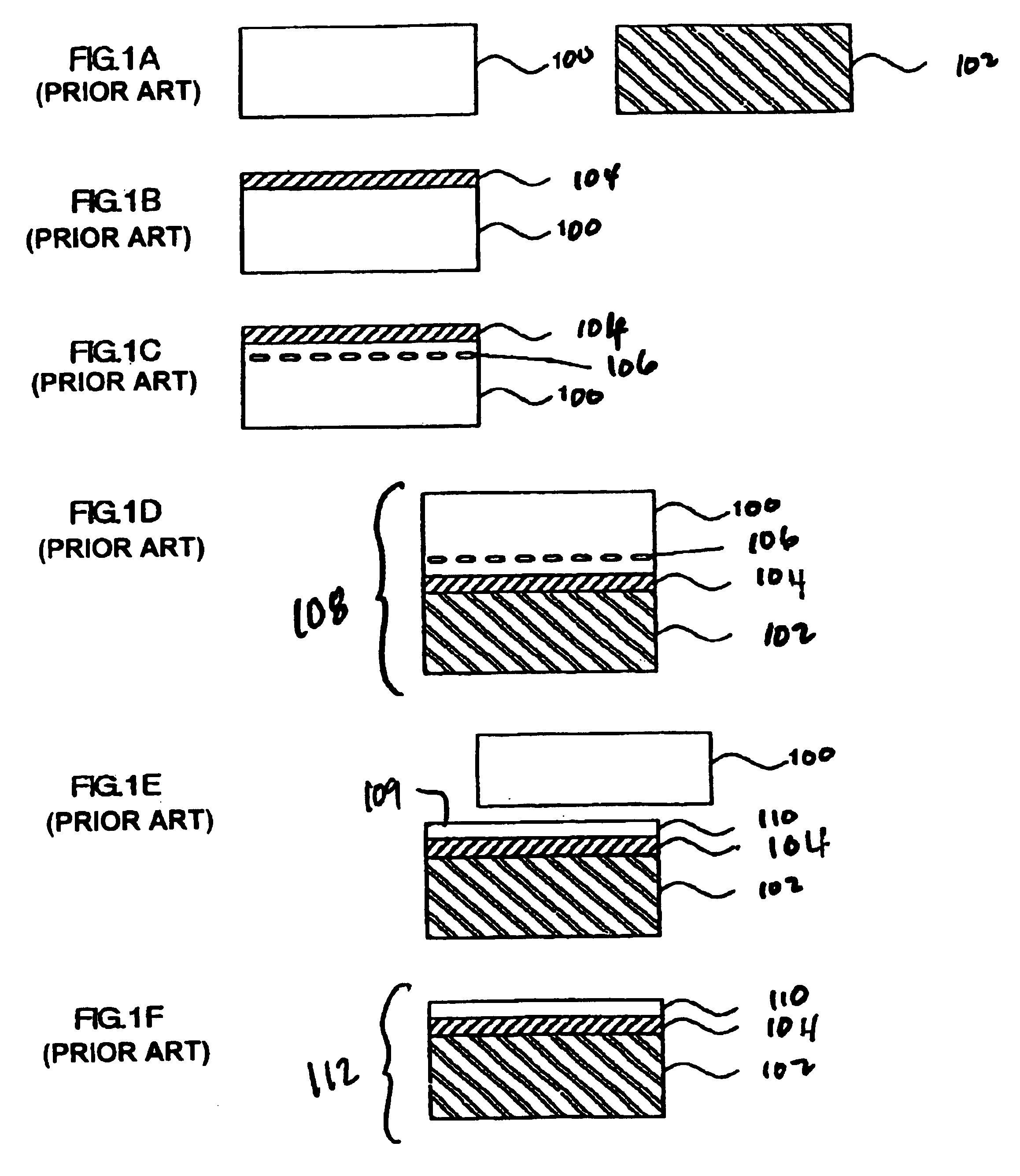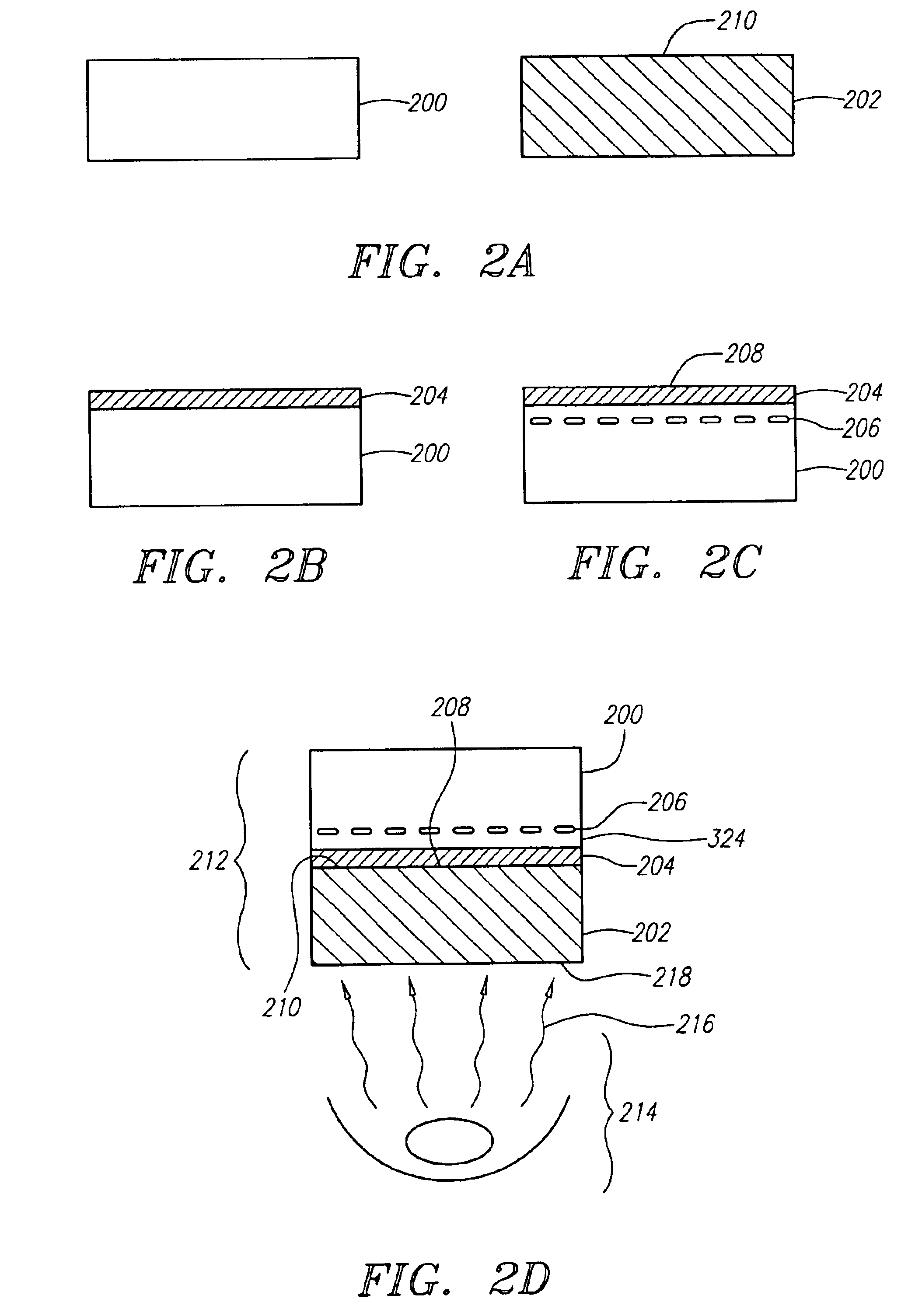Selective heating using flash anneal
a technology of flash anneal and selective heating, which is applied in the direction of semiconductor devices, basic electric elements, electrical equipment, etc., can solve the problems of structure breaking, shattering or becoming otherwise unusable, and processing times already approaching unreasonable durations, so as to achieve faster production rate, less breakage, and higher volume production
- Summary
- Abstract
- Description
- Claims
- Application Information
AI Technical Summary
Benefits of technology
Problems solved by technology
Method used
Image
Examples
Embodiment Construction
[0035]As used herein, the word “flash” includes it ordinary meaning as generally understood by those of ordinary skill in the art. This definition includes the definition that flash means to give off light energy suddenly or substantially instantaneous (or in transient bursts) for a duration of time between about 1 nanosecond and about 10 seconds.
[0036]The active layer of a portion of a semiconductor wafer is well known in the semiconductor manufacturing industry as that portion of the wafer in which semiconductor devices are formed, such as transistors, diodes, resistors, and capacitors. For example, referring to FIG. 3, active layer 302 extends from surface 304 of a wafer down to a depth α below surface 304. In this example, with no intent to be limiting, the depth α is typically between about 0.05 μm and 1 mm, but will vary with the process and device feature size.
[0037]FIGS. 2A to 2D are simplified cross-sectional views illustrating respective steps of a method of fabricating a ...
PUM
| Property | Measurement | Unit |
|---|---|---|
| depth | aaaaa | aaaaa |
| depth | aaaaa | aaaaa |
| temperature | aaaaa | aaaaa |
Abstract
Description
Claims
Application Information
 Login to View More
Login to View More - R&D
- Intellectual Property
- Life Sciences
- Materials
- Tech Scout
- Unparalleled Data Quality
- Higher Quality Content
- 60% Fewer Hallucinations
Browse by: Latest US Patents, China's latest patents, Technical Efficacy Thesaurus, Application Domain, Technology Topic, Popular Technical Reports.
© 2025 PatSnap. All rights reserved.Legal|Privacy policy|Modern Slavery Act Transparency Statement|Sitemap|About US| Contact US: help@patsnap.com



